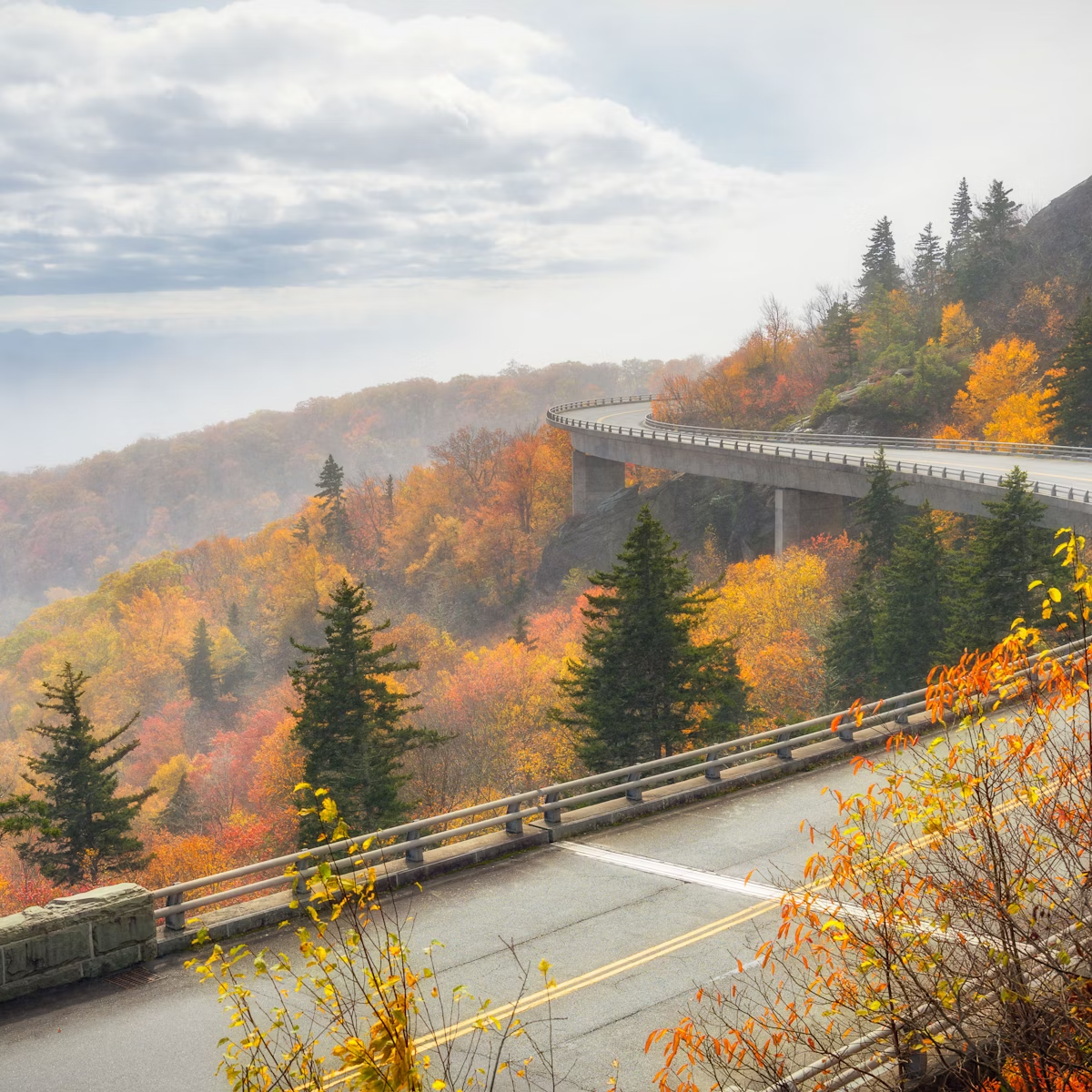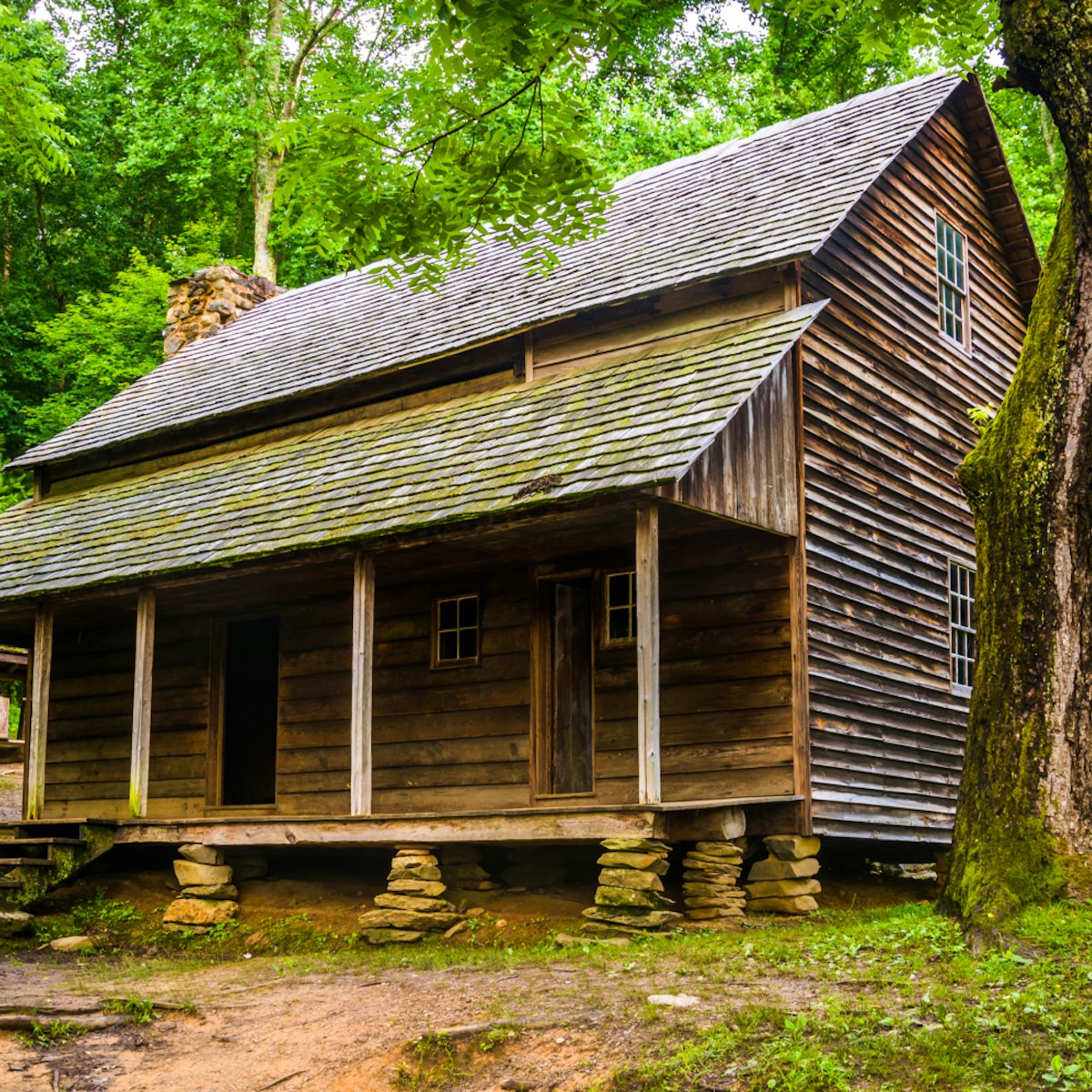Adjacent to the Oconaluftee Visitor Center, this excellent collection of historic buildings evokes life on a typical farmstead of the late 19th century. Together these structures paint a poignant picture of the mountain people who once eked out their sustenance from this rugged and isolated wilderness.
The wooden buildings are authentic, but were moved here from other parts of the national park in the 1950s. One of the first buildings you come to is the meat house, where a mountain farm's most valuable commodity (usually pork) was butchered, dried and smoked or salted for preservation.
Other structures are dedicated to apples (used for apple sauce, apple butter, cider, vinegar, apple pies and eaten raw), sorghum (used to make molasses) and corn (the most important crop on mountain farms, used for cornmeal and fresh corn, while its shucks were stuffed into mattresses and woven into chair seats, dolls, rugs and brooms). In the summer you can also see live hogs and chickens – a requisite stop for families with small children. A terrific time to visit is in mid-September for the Mountain Life Festival.






